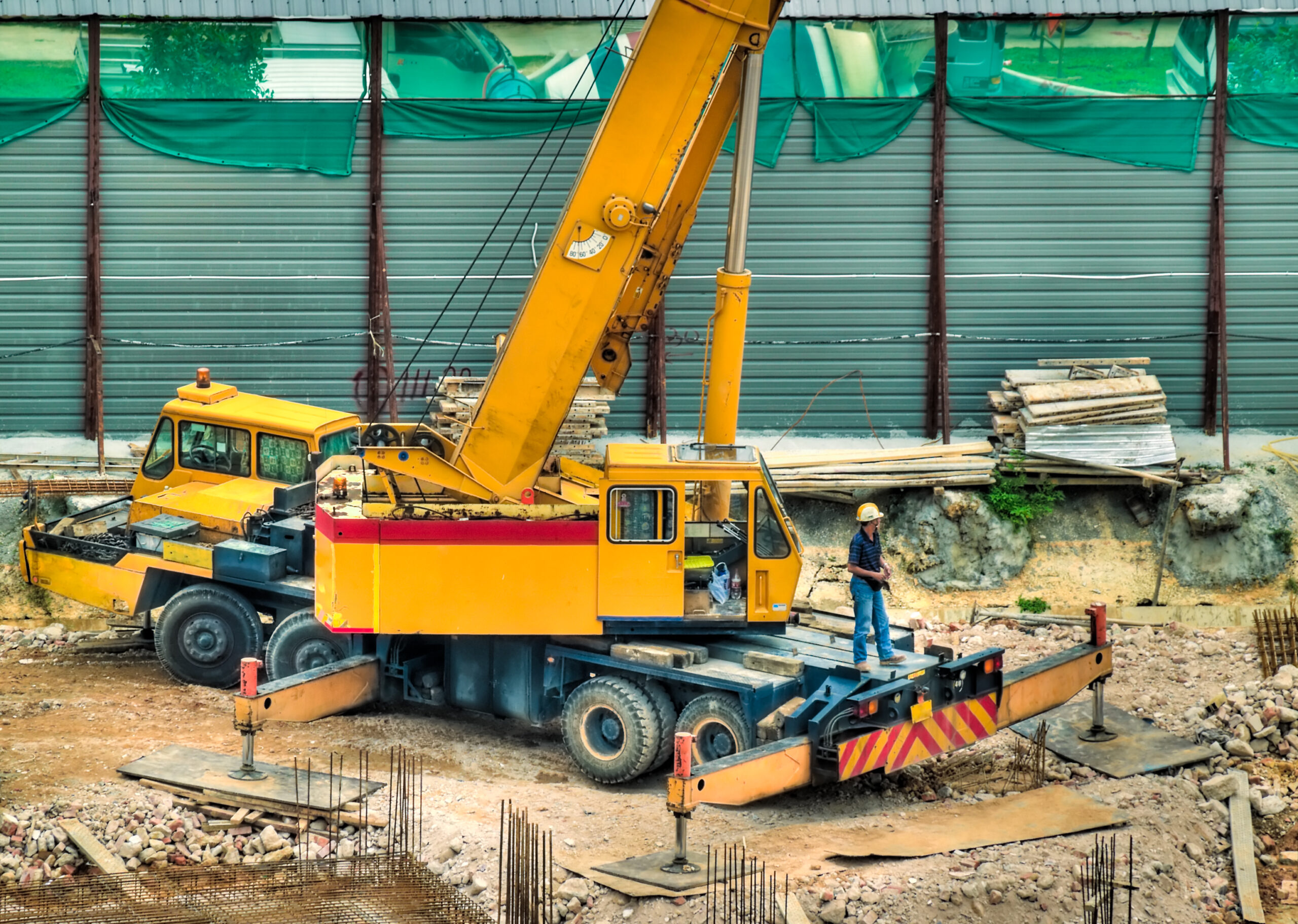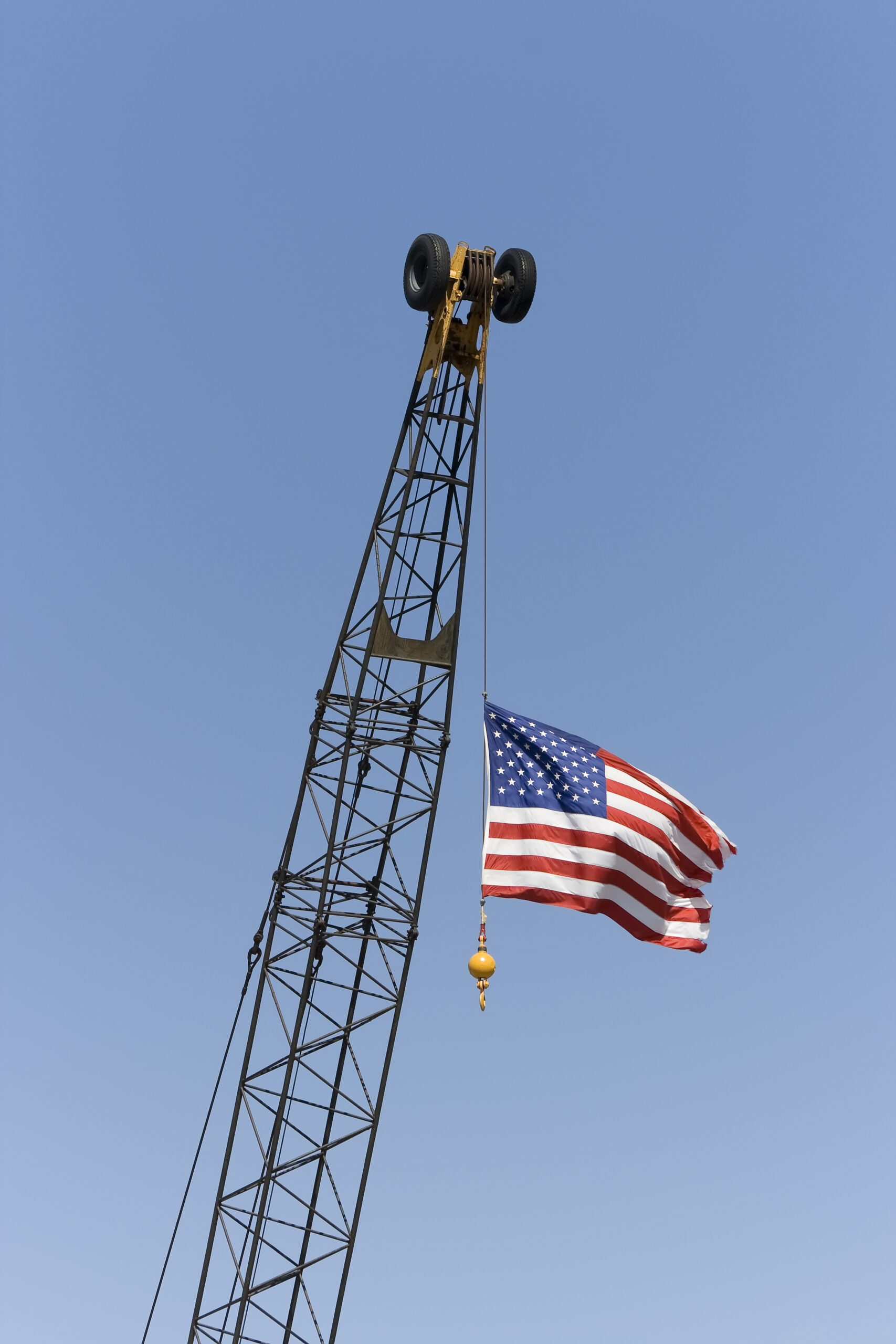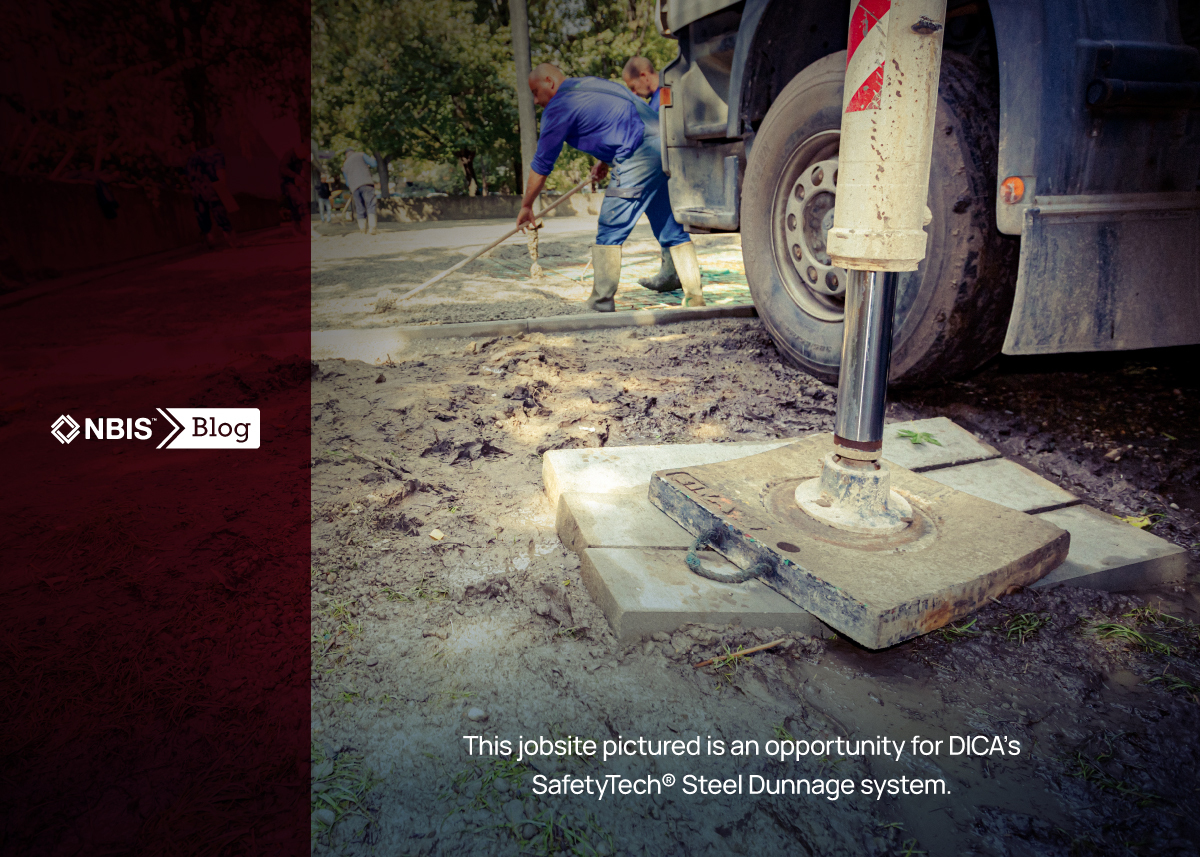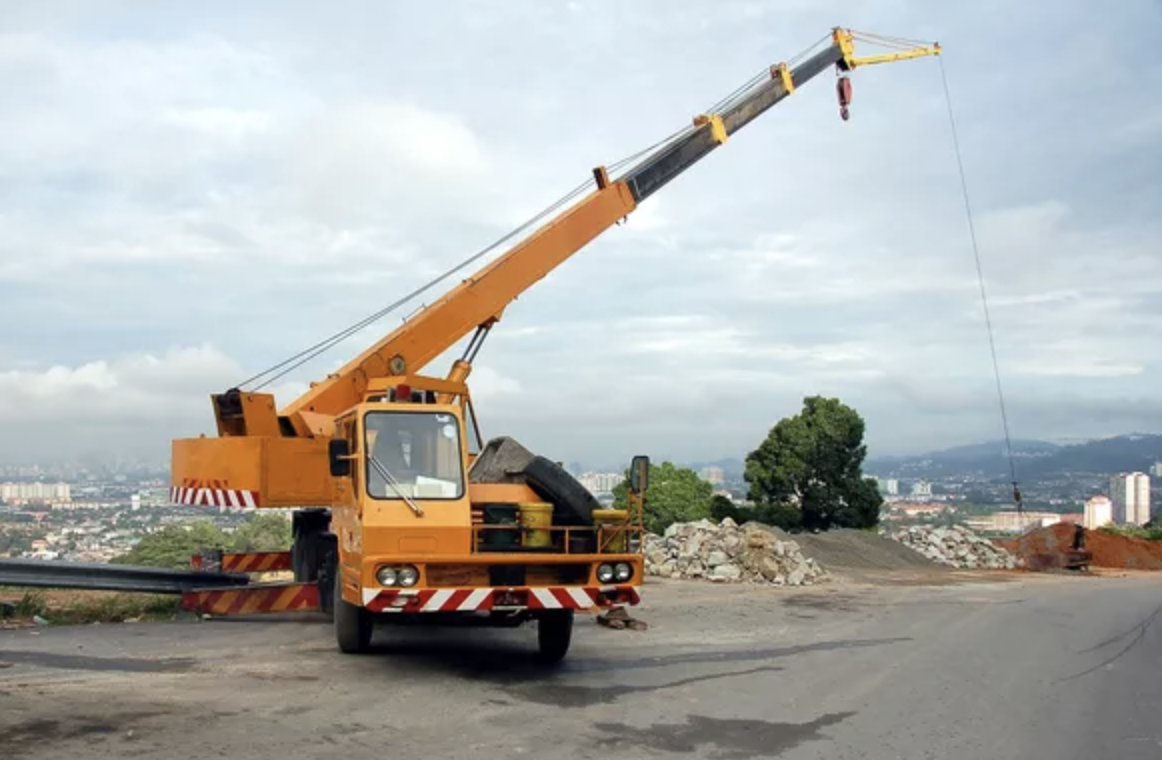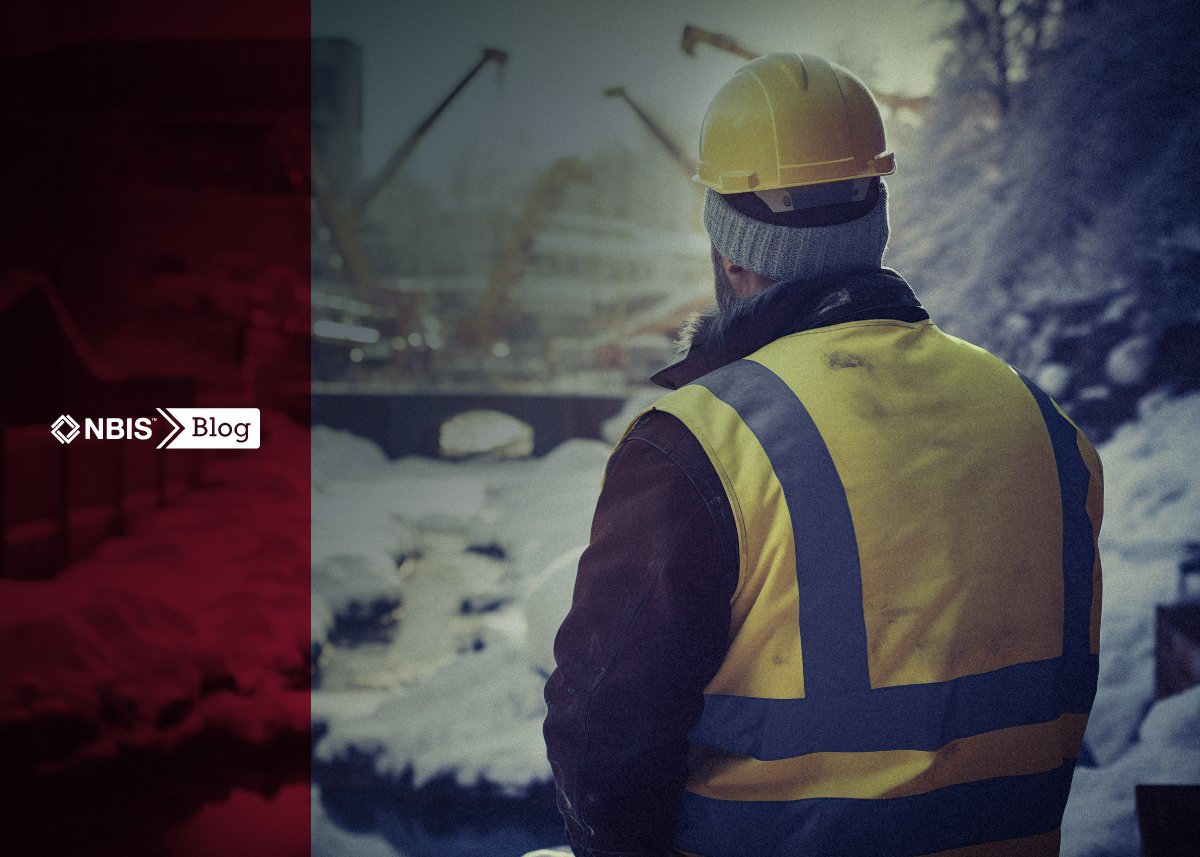As many people have pointed out over the years, prior to the publication of OSHA standard 1926.1402, definitions and expectations around the term “ground conditions” were fairly scarce. In the current standard, ground conditions are given much more prominence – there’s now a section specifically dedicated to ground conditions and they are mentioned at least four other times throughout the standard.
According to OSHA, the term “ground conditions” means the ability of the ground to support the equipment you’re using while taking into consideration slope, compaction and firmness. In the same standard OSHA also defines “supporting materials” as blocking, mats, cribbing, marsh buggies (in marshes/wetlands) or similar supporting materials or devices.
1926. 1402 requires that the equipment in question must not be assembled or utilized unless ground conditions are firm, drained and graded to a sufficient extent. This means that when equipment is used in conjunction with any applicable supporting materials (if necessary), it must be appropriately level and appropriately supported as per the manufacturer’s guidelines. The standard also points out that the requirement for the ground to be drained does not apply to marshes/wetlands.
Who is responsible for ground conditions?
In addition to defining ground conditions and supporting materials, it’s important to note who’s responsible for what. The standard says that ground conditions are the responsibility of the controlling entity, and the controlling entity must do two specific things:
- Ensure that the ground preparations necessary to meet the requirements listed above have been completed.
- Inform the user of the equipment, and the operator, of the location of hazards beneath the equipment set-up area (such as voids, tanks, utilities) if those hazards are identified in documents (such as site drawings, as-built drawings, and soil analyses) that are in the possession of the controlling entity (whether at the site or off-site) or the hazards are otherwise known to that controlling entity.
If there is no controlling entity for the project, then ground condition requirements must be met by the employer that has authority at the site to make or arrange for ground preparations needed to meet the requirements listed above.
Also note that if the Assembly/Disassembly director, or the operator, determines that ground conditions do not meet the appropriate requirements, then that person’s employer must have a discussion with the controlling entity regarding the ground preparations that are needed to meet the ground condition requirements.
Four Ground Condition Safety Tips
The four tips below come from DICA USA, a family-owned and operated company that specializes in building high performance engineered outrigger pads, crane pads, and cribbing blocks made in the USA.
- Know the bearing strength of the ground and soils. Because this is an extremely complex combination, it’s a good idea to seek the advice of a geotechnical engineer. A low-cost way to determine ground conditions is to use a dynamic cone penetrometer, which is portable and easy-to-use. This information can be compared to ground bearing pressure charts for different soil types.
- Know the maximum pressure the crane will exert on each outrigger during the operation, or the maximum outrigger reaction force. Crane manufacturers provide this information for each crane model. Many OEMs offer software solutions that allow you to input the lift data, which then outputs the outrigger reaction forces that will be generated.
- Select the right size outrigger pad or crane pad. Use a sizing method that takes into account ground conditions, and actual outrigger loads.
- Choose crane or outrigger pads that are designed and constructed to meet or exceed the bearing, flex and shear strength required. Their purpose is to distribute the load from the outrigger float over a large enough area that the bearing pressure to the ground surface is acceptable. They must be stiff enough that the crane will not go out of level as the load swings.

